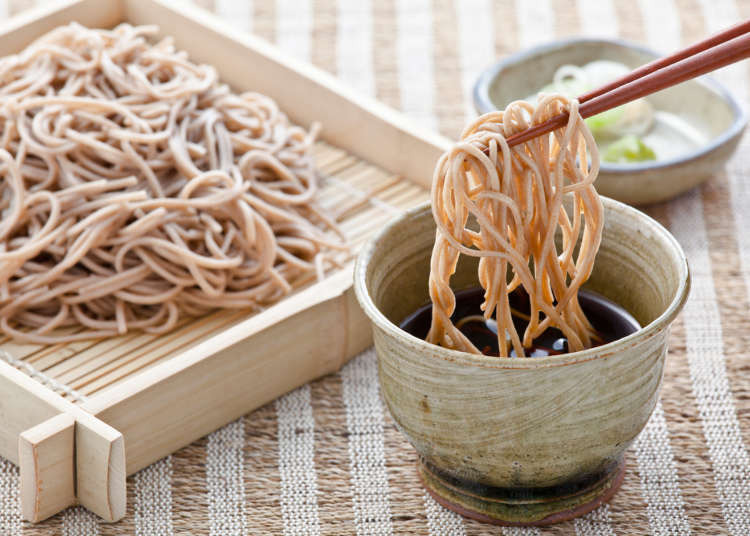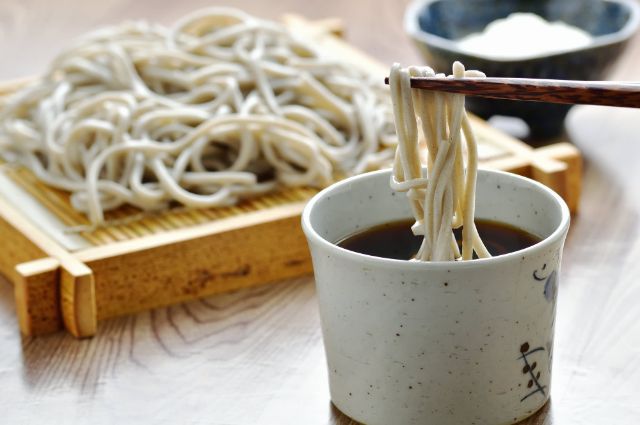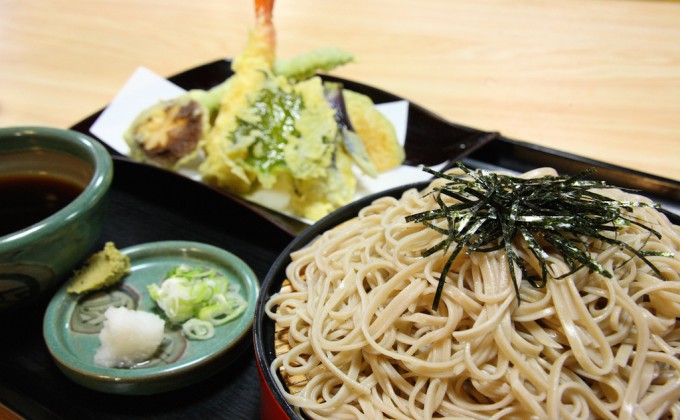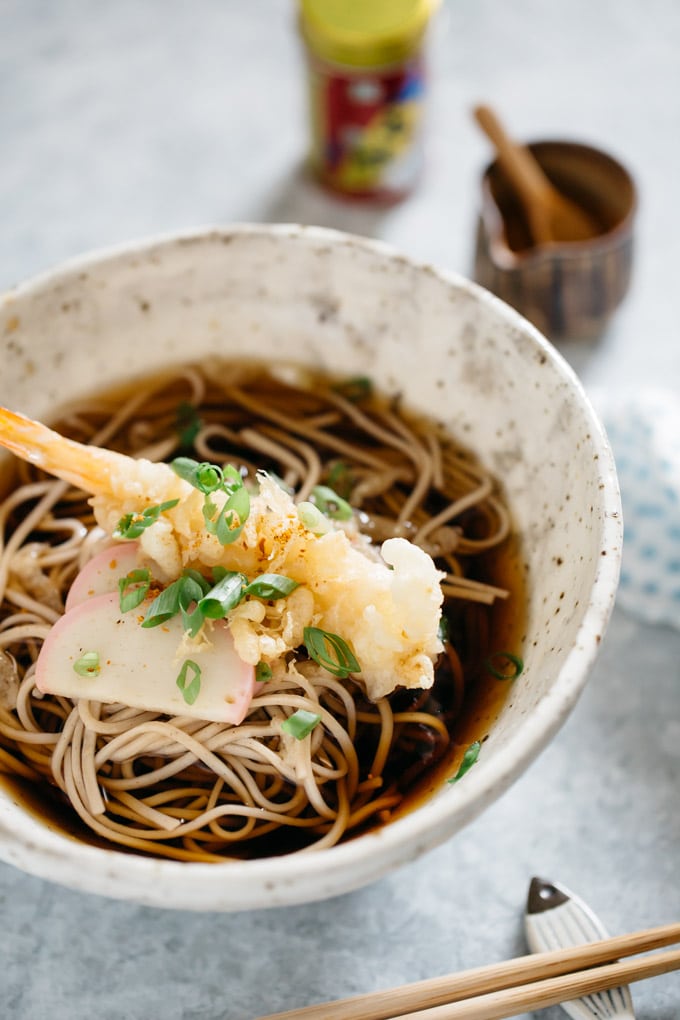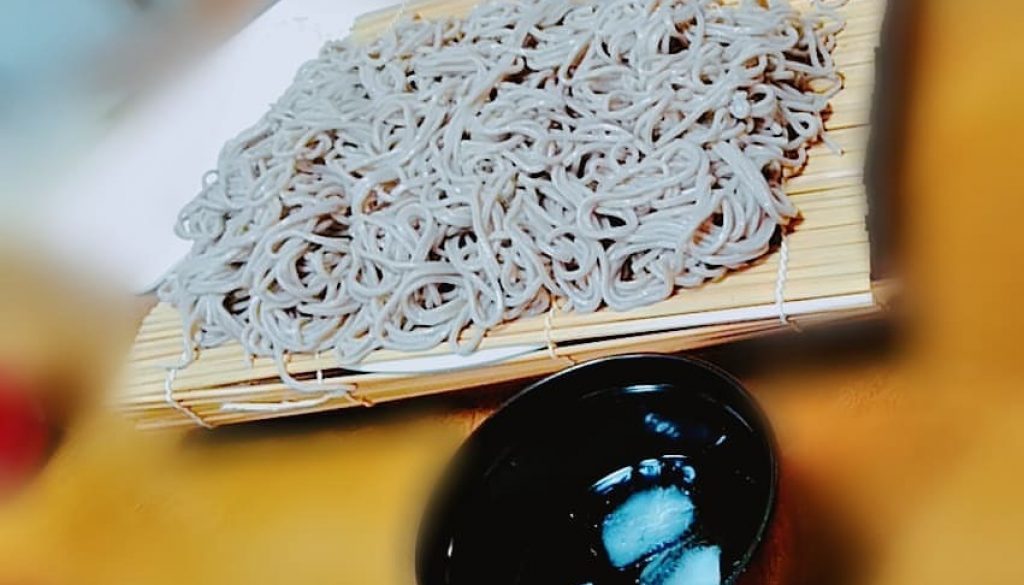New Year S Soba Meaning

From one year to another.
New year s soba meaning. But why do people eat soba on new year s. Soba is traditionally eaten on new year s eve in most areas of japan a tradition that survives to this day toshikoshi soba. What better way to cross over a symbolic bridge than slurping up soba noodles.
Toshikoshi soba or year end noodles refers to the buckwheat noodle dish eaten on the evening of december 31st new years eve. On new year s eve or ōmisoka 大晦日 it is a custom for japanese to reflect on the past year and usher in the coming year all while enjoying a bowl of hot soba noodles called toshikoshi soba 年越し蕎麦 or year crossing noodle. Made from buckwheat soba noodles in a hot dashi mirin and soy sauce soup new year soba symbolises wishes for good luck in the year ahead and is eaten for dinner by the japanese on 31st december every year.
They are also eaten on new year s day as with most japanese new years foods toshikoshi soba has symbolic meanings. Why is soba eaten on new year s eve. To say it with two little words.
In the tokyo area there is also a tradition of giving out soba to new neighbors after a house move hikkoshi soba although this practice is now rare. Slurp in the new year with this traditional noodle dish. Compared to ramen and other pasta enjoyed in japan soba are rather firm to the bite and easy to break while eating.
This custom lets go of hardship of the year because soba noodles are easily cut while eating. There s no set recipe for toshikoshi soba. The traditional evening meal to have while waiting to greet the new year is a bowl of hot soba noodles called 年越し蕎麦 としこしそば toshikoshi soba which roughly means end the old year and enter the new year soba noodles.
Toshikoshi soba or year end noodles in english refers to the buckwheat noodle dish eaten on new year s eve in japan. Toshikoshi soba 年越し蕎麦 year crossing noodle is japanese traditional noodle bowl dish eaten on new year s eve. The most common explanation of their meaning is that the long shape of the.
